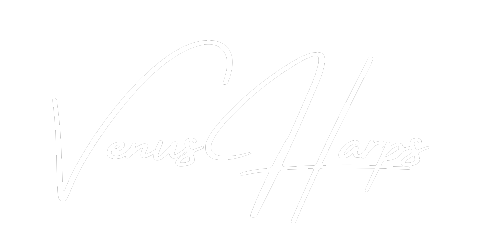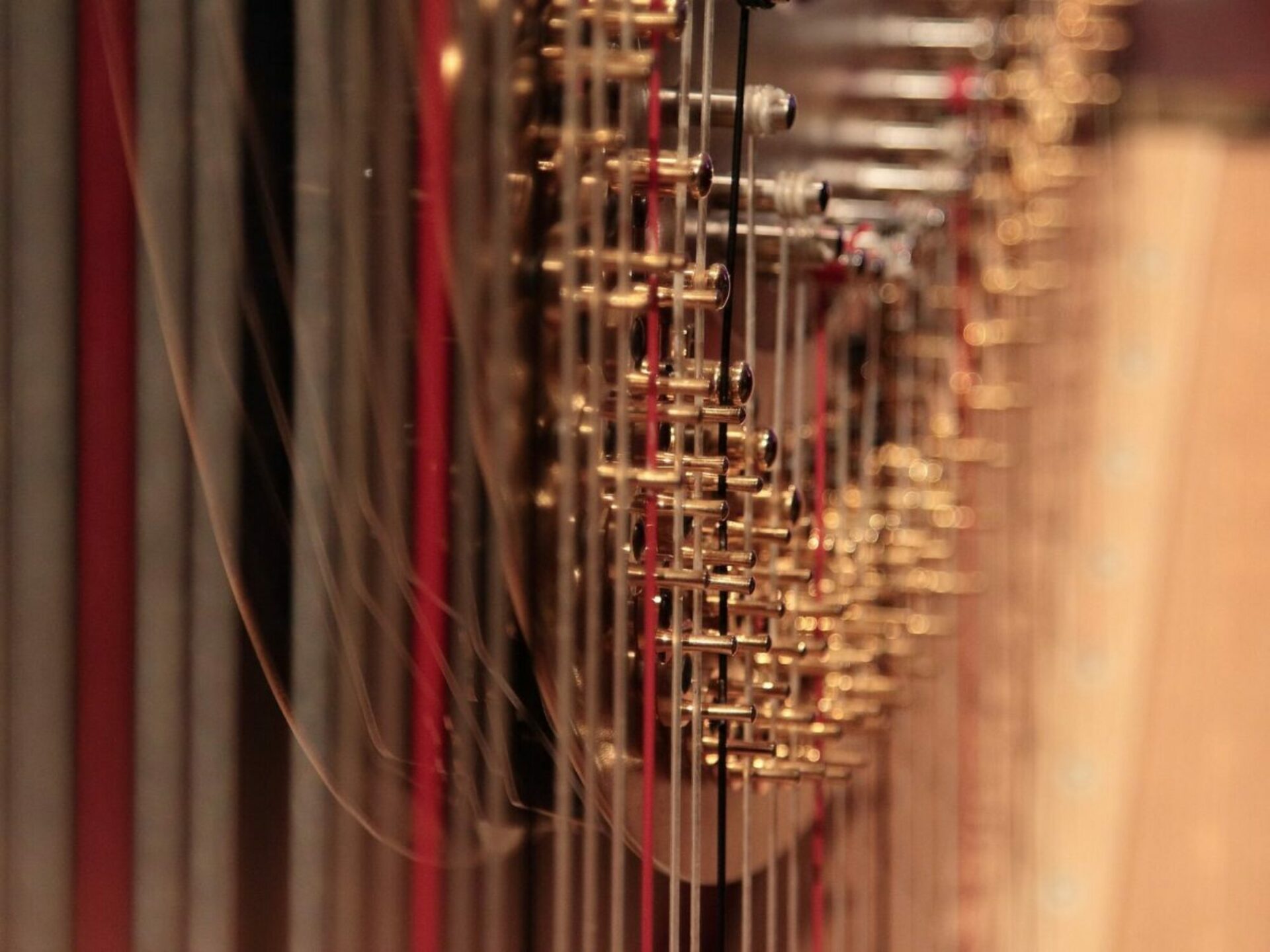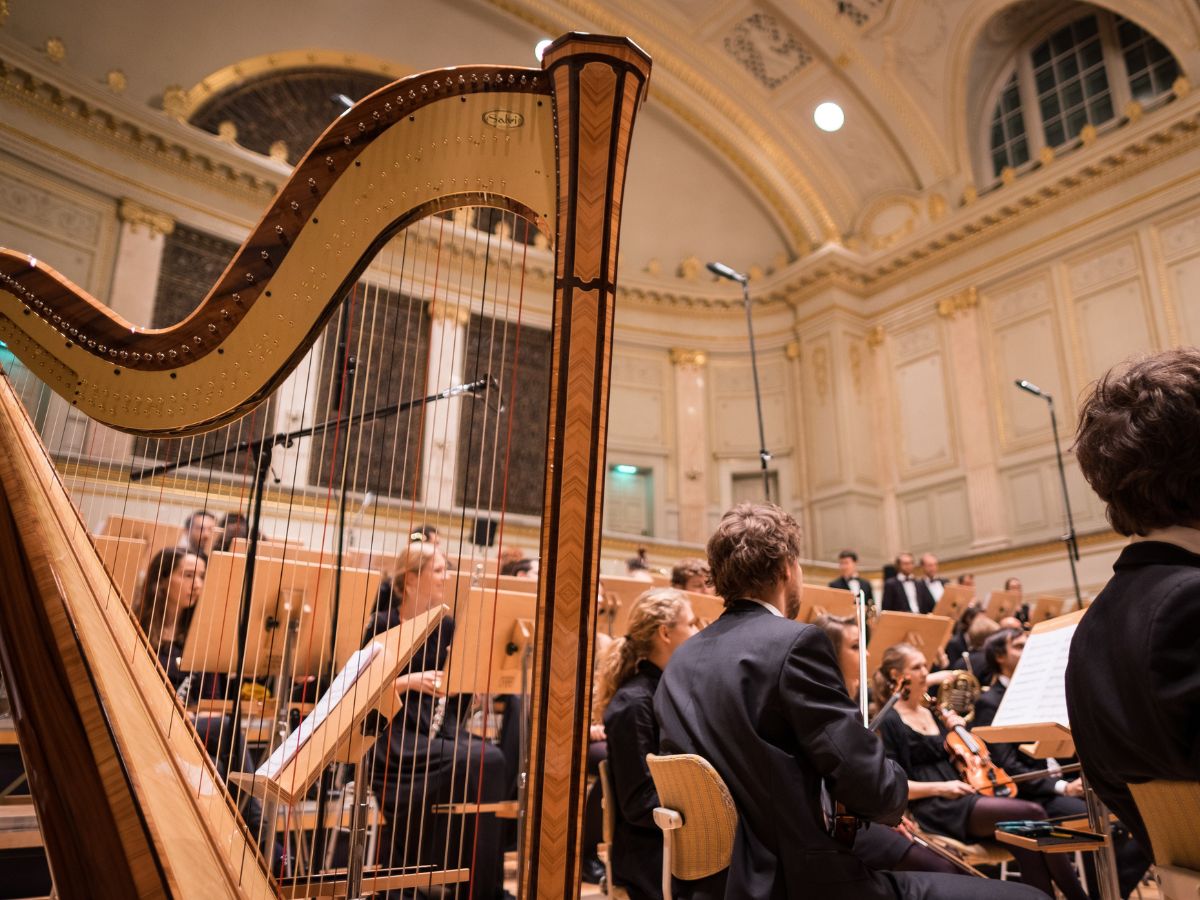Harps have been used in classical music for a very long time. Their roots can be found in ancient places like Egypt and Mesopotamia. This instrument has been linked to heavenly and otherworldly sounds for centuries. It is often used to create a sense of beauty and transcendence in music. But harps can also be flexible instruments in many different genres and styles. This blog post will discuss how harps have been used in classical music from the Baroque period to the present.
Overview of the use of harps in Baroque music
From the beginning of the 1600s to the middle of the 1700s, the Baroque period was when music changed and grew a lot. During this time, harps were often used as part of a larger group or orchestra. The “Concerto for Harp in B-flat major” by George Frideric Handel, written in 1736, is one of the most well-known pieces of Baroque harp music.
This piece is a beautiful example of how versatile the harp is. It has both fast and complicated arpeggios and more lyrical and melodic parts. The harp is an important part of the group, giving the sound a sense of elegance and sophistication.
The “Chaconne” from Jean-Philippe Rameau’s opera “Les Indes Galantes” is another well-known piece of Baroque harp music. A single harp and a small group of instruments play this 1735 piece. The harp is used to make music that sounds delicate and graceful.
Harps in Romantic music
The harp was still used in classical music during the Romantic period, from the late 1700s to the early 1900s. During this time, the harp was often used to create a feeling of longing and nostalgia and to give orchestral pieces more depth and richness. “Danse sacrée et profane” by Claude Debussy, written in 1904, is one of the most well-known pieces of Romantic harp music.
A single harp plays this piece with a small string orchestra in the background. It has a rich, dreamy sound. The harp is used to create a sense of mystery and wonder. Its delicate and intricate playing adds a sense of enchantment to the overall sound.
The “Introduction and Allegro” by Edward Elgar, written in 1905, is another well-known piece of Romantic harp music. A solo harp and a larger group of instruments play this piece. It has a rich, warm sound.
Harps in contemporary classical music
As we move on to modern classical music, we can see that the harp is still used in many different ways and styles. In modern classical music, the harp is often used to add texture, atmosphere, and a sense of experimentation and newness. Paul Hindemith wrote “Fantasy for Harp” in 1946. It is a piece of modern harp music.
With the help of a small orchestra, this piece is played by a single harp. It has a strange and complicated sound. The harp is used to create a feeling of tension and unease, and the way it is played gives the overall sound a sense of experimentation.
Another piece of modern harp music is Jennifer Higdon’s “Harp Concerto,” written in 2018. This piece is played by one harp with a big orchestra in the background. It sounds fresh and up-to-date.
Discussion of the range of sounds and styles that can be achieved with the harp
One of the best things about the harp is that it can be used in many ways. The instrument can make a lot of different sounds, from soft and delicate to loud and resonant. This makes it possible for harpists to try out different techniques and styles and make new and classic music. Harpists use glissandos, arpeggios, and harmonics, among other things, to show how versatile the instrument is.
Glissandos are a way to play the harp where the player slides their fingers up and down the strings to make a smooth and airy sound. This technique often makes music sound mysterious and otherworldly, like Debussy’s “Danses sacrées et profane.”
Arpeggios are musical techniques in which a chord is played by plucking the strings in a certain order. Pieces like Handel’s “Concerto for Harp in B-flat major” use this technique to give the music a sense of movement and energy.
Conclusion
Harps are incredibly versatile instruments that have been used in various genres and styles throughout the history of classical music. From Baroque to contemporary compositions, harps have added a sense of beauty and transcendence to classical music. The harp’s range of sounds and techniques allows for endless experimentation and innovation, making it an integral part of the classical music tradition.


